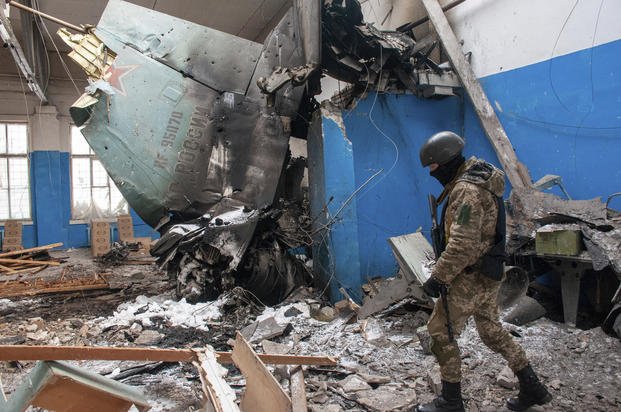US Troop Deployment in Syria: New Insights Revealed by the Pentagon
The Pentagon has unveiled a significant increase in the number of U.S. troops stationed in Syria, with current figures estimating around 2,000 service members on the ground. This figure more than doubles the previous reported number of 900, which had been consistently communicated by the Department of Defense for several months.
The Pentagon’s Disclosure
During a press briefing on Thursday, Pentagon Press Secretary Brig. Gen. Patrick Ryder acknowledged that the figure provided to journalists and the public was inaccurate. “Up until now, we’ve been consistently briefing you that about 900 U.S. troops are deployed to Syria,” Ryder stated. “However, following a review prompted by the current situation in Syria and in light of significant interest, we’ve recently discovered that the actual number is higher.”
Ryder further clarified that the increased troop levels are due, in part, to temporary rotational deployments intended to meet evolving mission requirements, while maintaining a core group of about 900 troops on longer-term assignments. “While troop levels often fluctuate in line with mission needs, this increase is notable enough that I wanted to address it as soon as I became aware,” he explained.
Long-standing Military Presence
With U.S. forces stationed in Syria for several years, their presence extends well beyond the regime of President Bashar al-Assad, who recently fled to Russia after nearly 14 years in power. American troops have primarily focused on the mission to defeat ISIS, which remains a significant concern in the region.
Press Questions Highlight Discrepancies
Press correspondent Jennifer Griffin from Fox News raised pointed questions concerning the discrepancies in troop numbers during the briefing. “This figure is more than double what we’ve been told for quite some time. Are we talking about a matter of months? Years? When exactly did this change?” she pressed Ryder.
The Pentagon spokesperson acknowledged the confusion, replying, “I think it’s fair to say this has been going on for at least a few months. I’ll review the timeline, but it’s been in place for a while.” This response has led to further scrutiny regarding historical disclosure and communication practices by the Pentagon.
Escalating Tensions in the Region
The revelation of the increased troop presence comes at a time of heightened international focus on Syria, especially following the significant political changes with Assad’s departure. Tensions in the region have intensified as Turkey’s military has escalated its attacks against the Kurdish-led Syrian Democratic Forces (SDF), which have been key partners in combating ISIS alongside U.S. troops. The SDF’s position is precarious as they face increased threats from Turkish airstrikes.
Warnings from SDF Commanders
In an exclusive interview with Fox News, SDF commander Gen. Mazloum Abdi issued dire warnings regarding the potential fallout from Turkish aggression. He highlighted that if Kurdish forces are compelled to retreat from current positions, it could create a vacuum that ISIS might exploit.
“Half of our fighters responsible for guarding ISIS camps have already been forced to withdraw,” Gen. Abdi warned. “All the prisons are still under our control, but the situation is precarious. For instance, at the Raqqa ISIS prison, which houses about 1,000 former ISIS fighters, the number of guards has been halved, leaving it in a highly vulnerable state.”
Complications from Turkish Military Actions
This revelation brings to light the precarious balance of power in northeast Syria. The U.S. has previously reported having 900 troops on the ground, yet the actual presence is nearly doubled. Should the SDF be forced into a strategic retreat due to Turkish military action, the U.S. forces may be put in a position to reassess their deployment in the region. Turkey views the Kurdish SDF, which is central to U.S. operations, as a terrorist organization, raising complex challenges for U.S. foreign policy and military strategy.
Future Considerations for U.S. Involvement
The U.S.’s ability to maintain stability and prevent a resurgence of ISIS is heavily reliant on the ongoing collaboration with Kurdish forces. The shifting dynamics in the region present a critical junction for U.S. involvement, raising questions about sustainability and operational efficacy moving forward.
As tensions continue to rise amidst military actions and political shifts, the Pentagon will undoubtedly face increasing scrutiny over troop deployments and operational transparency in Syria. The situation remains fluid, and the path ahead for both U.S. forces and their local allies is increasingly uncertain.
